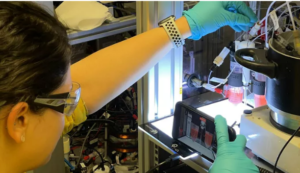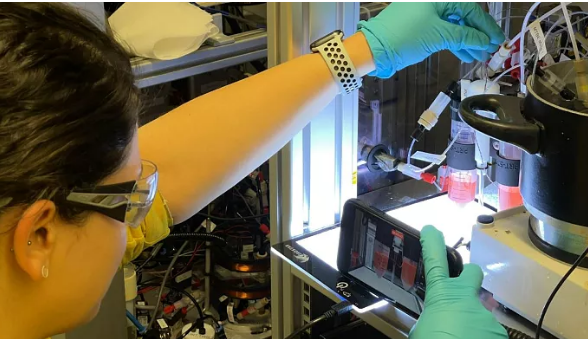From Quantum Physics to X-rays: A Deep Dive into Medical Imaging
Introduction
Medical imaging has undergone significant advancements, evolving from traditional X-ray technology to quantum-enhanced imaging techniques. Quantum physics has played a transformative role in improving image resolution, reducing radiation exposure, and enabling early and accurate disease detection. This deep dive explores the connection between quantum mechanics and X-ray imaging, highlighting the impact on modern medical diagnostics.
The Foundations of Quantum Physics in Medical Imaging
Quantum physics governs the behavior of subatomic particles, leading to revolutionary imaging techniques that surpass the limitations of conventional X-rays. Key principles include:
- Wave-Particle Duality
- X-rays exhibit both wave and particle properties, allowing for enhanced imaging techniques such as phase-contrast imaging.
- This principle improves the visualization of soft tissues, which are often difficult to image using traditional X-rays.
- Quantum Entanglement in Imaging
- Entangled photon pairs enable high-resolution imaging with lower radiation doses.
- Ghost imaging techniques utilize entangled photons to create sharper images with enhanced contrast.
- Quantum Superposition and Computation
- Quantum algorithms process medical imaging data more efficiently, leading to faster and more accurate diagnostics.
- AI-powered quantum computing further refines image reconstruction techniques.
Advancements in X-ray Imaging Through Quantum Technology
The integration of quantum physics with X-ray technology has resulted in several breakthroughs:
- Phase-Contrast X-ray Imaging
- Uses the wave nature of X-rays to differentiate between tissues with similar densities.
- Enhances the detection of tumors, fractures, and soft tissue abnormalities.
- Quantum-Enhanced Detectors
- Improve the efficiency of X-ray photon detection, reducing the need for high radiation doses.
- Provide clearer and more detailed images for accurate diagnostics.
- Quantum Squeezing for Reduced Radiation Exposure
- Reduces noise in imaging, allowing for high-quality scans at lower doses.
- Increases patient safety, particularly for individuals requiring frequent imaging.
Applications in Modern Medicine
Quantum-enhanced X-ray imaging is revolutionizing various medical fields:
- Oncology
- Early cancer detection with improved tumor visualization.
- Precise tumor tracking for targeted radiation therapy.
- Neurology
- Enhanced brain imaging for detecting neurodegenerative diseases like Alzheimer’s and Parkinson’s.
- Improved contrast in functional imaging techniques.
- Cardiology
- Better visualization of blood vessels and early detection of cardiovascular diseases.
- Reduced risks associated with repeated angiograms.
Future Prospects
As quantum physics continues to shape medical imaging, further innovations such as quantum computing-driven diagnostics and real-time imaging enhancements are expected. The integration of artificial intelligence with quantum-enhanced X-rays will provide even greater accuracy in detecting and monitoring diseases.
Conclusion
Quantum physics has fundamentally changed the landscape of medical imaging, making X-ray technology safer, more precise, and highly efficient. These advancements not only improve diagnostic accuracy but also pave the way for more personalized and effective treatment strategies. As research progresses, quantum-enhanced imaging will continue to be at the forefront of medical innovation, transforming healthcare for generations to come.

Also Read :
